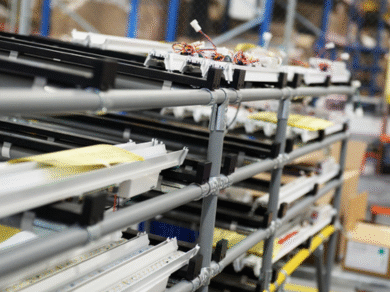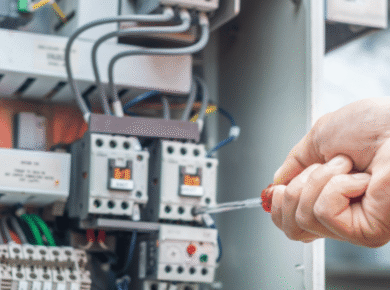The Demilitarized Zone (DMZ) between North and South Korea is shrouded in mystery and intrigue. Among its many enigmatic features lies the question: Where is the crane control room? This article aims to delve into this puzzling aspect of the DMZ and shed some light on its whereabouts.
1. Understanding the DMZ
The DMZ serves as a buffer zone between North and South Korea, stretching approximately 250 kilometers across the Korean Peninsula.
2. Importance of Crane Control Room
The crane control room plays a crucial role in managing operations within the DMZ, particularly regarding construction and maintenance activities.
3. Symbol of Cooperation
Located within the Joint Security Area (JSA), the crane control room symbolizes the potential for cooperation and communication between the two Koreas.
4. Strategic Positioning
Due to its strategic positioning, the crane control room holds significance in facilitating various initiatives aimed at easing tensions and fostering dialogue.
5. Role in Inter-Korean Relations
The presence of the crane control room underscores efforts to maintain stability and promote dialogue between North and South Korea.
6. Historical Context
The crane control room has historical significance, reflecting the complex relationship between the two Koreas since the Korean War.
7. Operations and Functionality
The crane control room coordinates the movement of cranes and other machinery essential for infrastructure projects within the DMZ.
8. Challenges and Obstacles
Operating within the DMZ presents numerous challenges, including security concerns and logistical hurdles.
9. Technological Advancements
Advancements in technology have enhanced the efficiency and safety of operations within the crane control room.
10. Environmental Considerations
Efforts are underway to minimize the environmental impact of construction activities overseen by the crane control room.
11. International Interest
The crane control room has garnered international interest as a symbol of potential reconciliation and peace on the Korean Peninsula.
12. Diplomatic Implications
Developments related to the crane control room often have diplomatic implications, reflecting broader geopolitical dynamics in the region.
13. Role in Demilitarization Efforts
The crane control room plays a pivotal role in demilitarization efforts within the DMZ, signaling a commitment to peace and stability.
14. Cultural Significance
The crane control room holds cultural significance, representing aspirations for reunification and shared prosperity among the Korean people.
15. Security Measures
Stringent security measures are in place to safeguard the crane control room and its personnel from potential threats.
16. Economic Impact
Infrastructure projects overseen by the crane control room have the potential to stimulate economic growth and development in the region.
17. Cooperation with International Partners
Collaboration with international partners enhances the effectiveness and legitimacy of initiatives undertaken by the crane control room.
18. Transparency and Accountability
Efforts to promote transparency and accountability within the crane control room contribute to trust-building measures between North and South Korea.
19. Educational Opportunities
The crane control room offers educational opportunities for visitors to learn about the complexities of managing operations within the DMZ.
20. Future Prospects
The future of the crane control room hinges on the willingness of both Koreas to engage in meaningful dialogue and cooperation.
21. Public Perception
Public perception of the crane control room varies, reflecting differing perspectives on the prospects for peace and reconciliation on the Korean Peninsula.
22. Humanitarian Considerations
Humanitarian considerations play a central role in shaping policies and initiatives related to the crane control room and its operations.
23. Research and Development
Investments in research and development contribute to the continuous improvement of infrastructure and operations within the crane control room.
24. Legacy
The legacy of the crane control room extends beyond its physical presence, serving as a reminder of the ongoing quest for peace and reunification in Korea.
25. Conclusion
In conclusion, the whereabouts of the crane control room in the DMZ remain a subject of interest and speculation. Its significance transcends its physical location, embodying aspirations for peace, cooperation, and reconciliation on the Korean Peninsula.



